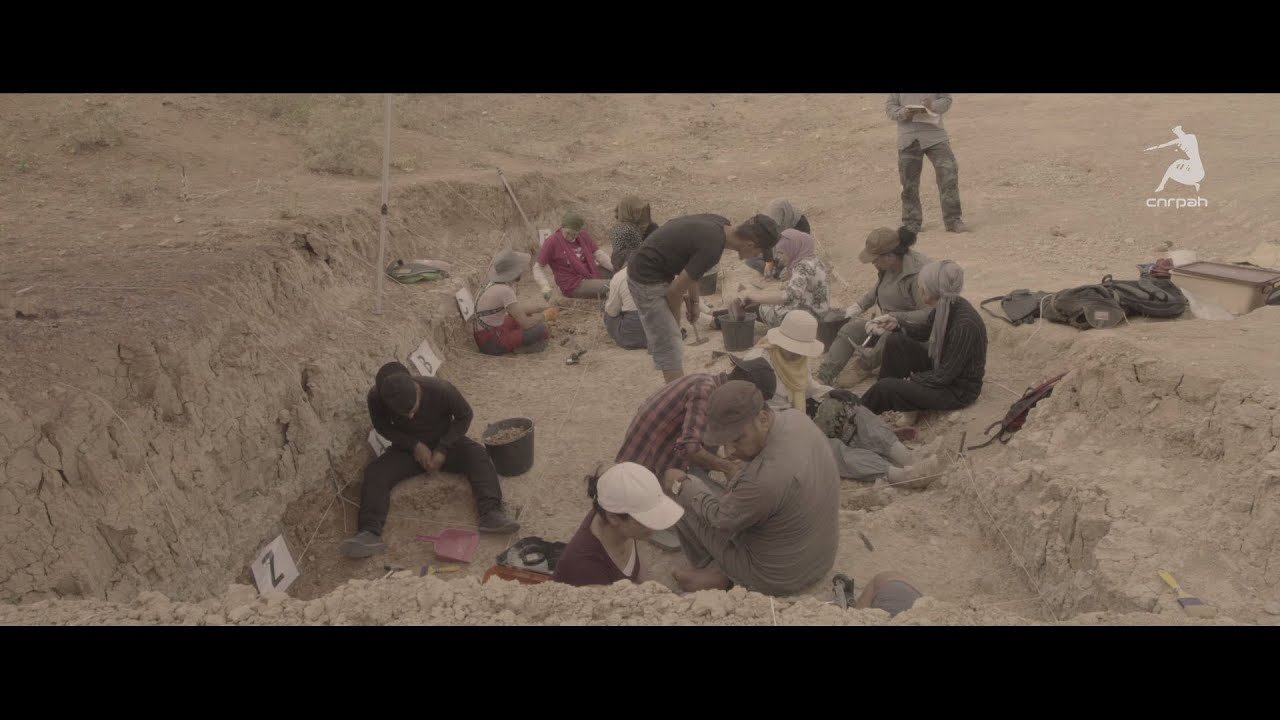Source : cnrpah
Since December 2018, Algeria can be proud to count among its prehistoric sites, one of the oldest in the world (2.4 million years), the second after that of Gona in Ethiopia (2.6 million years). ).
This is the prehistoric site of Ain Boucherit located in the town of Guelta Zarga, near El Eulma, in the wilaya of Sétif, where archaeological remains bear witness to a human presence dating back to the beginning of humanity.
The archaeological excavations carried out on the site of Ain Boucherit by a team of Algerian and foreign scientists, delivered stone tools carved in limestone and flint associated with fossil bones of savannah animals now extinct including the mastodon, the elephant, hippopotamus, rhinoceros, equines, gazelles and carnivores.
Among these bones, several specimens bear intentional traces of cutting and percussion (traces of butchery) proving that the associated cut tools were used in the acquisition and consumption of animal meat.
The cut tools of Ain Boucherit include arranged pebbles, polyhedra, cores, scrapers and shards with sharp edges characteristic of the prehistoric culture of the ancient Paleolithic known as “Oldowayen”.
These archaeological objects were collected in two stratigraphic layers dated 2.4 and 1.9 million years ago. Several of the modern dating methods have been used: paleomagnetism, biochronology of large mammals and Electronic Paramagnetic Resonance (EPR).
These scientific data were the subject of a publication in the prestigious American journal Science on December 14, 2018.





